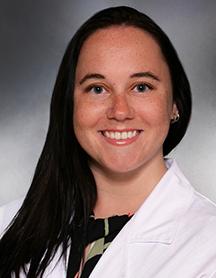
Education
/
Doctoral & Masters Education
/
Systems Biology and Physiology Graduate Program
/
Current Students
/
1st Year PhD Students
1st Year PhD Students

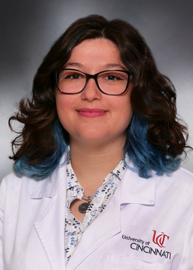
Ozgu Biler
Graduate Assistant
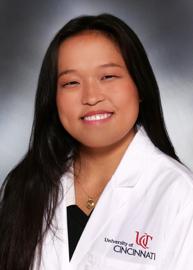
Jaedyn Haverstock
Graduate Assistant
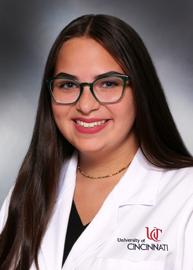
Claire Lopez
Graduate Assistant
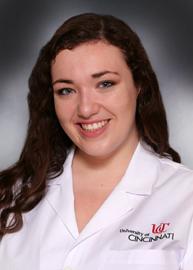
Carlin Moore
Graduate Assistant
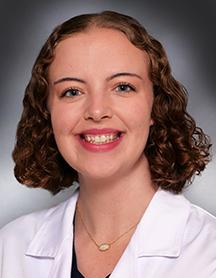
Taylor Peach
Graduate Assistant
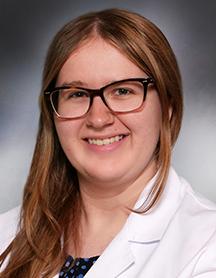
Valerie Plesha
Graduate Assistant
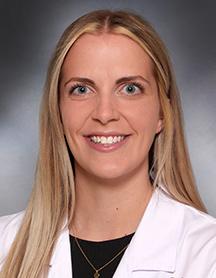
Madison Ringer
Graduate Assistant
No Members Found
Intranet Login
Contact Us
Pharmacology, Physiology PhD ProgramsUniversity of Cincinnati
PO Box 670576
Cincinnati, OH 45267-0576
Ms. Jeannie Cummins
Program Coordinator
Phone: 513-558-3102
Email:jeannie.cummins@uc.edu